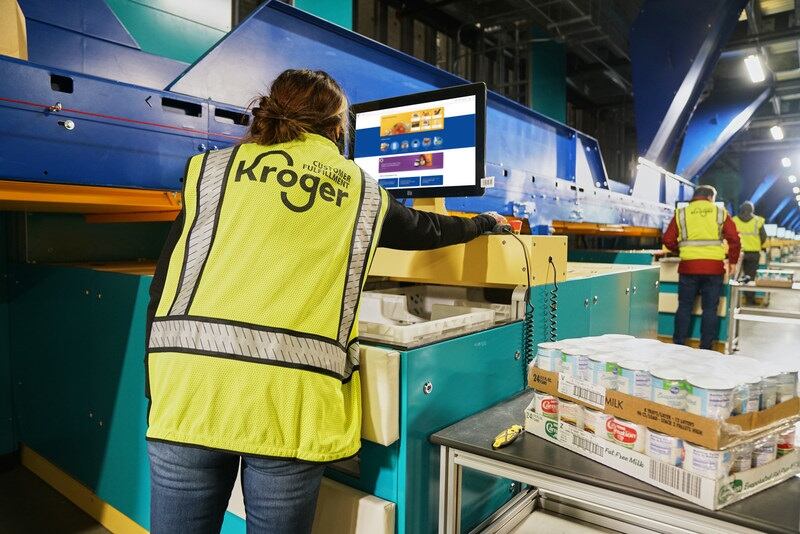“Our value proposition is resonating with customers and members around the world. We see this in our grocery business in stores and online and in key markets, like the US and Mexico. Customers that came to us less frequently in the past are now shopping with us more often, including higher income customers,” CEO Doug McMillion told investors yesterday during the company’s third quarter earnings call.
CFO John David Rainey noted that three-quarters of the share gain Walmart earned in the quarter came from households with annual incomes exceeding $100,000 – a group that traditionally has not shopped at Walmart but is pushed to do so as inflation continues to climb.
“Our purpose of saving people money has never been more important as inflation remains consistently high. High fuel prices and mid-teens food inflation have forced consumers to manage household budgets more tightly, making frequent trade-offs and biasing spending toward everyday essentials,” Rainey said.
These trade-offs look different for households across the economic spectrum, with those in the lower income brackets needing more budget-friendly options such as private label and those in higher income brackets seeking products that are premium but less expensive than at other stores or restaurants, Rainey said.
“We are there for customers and whatever situation that they’re in,” he added, explaining, “We have seen some customers this year trade into private brands more than they did in the previous year, but that’s not necessarily true of all customers.”
As such, he added, “we want to be ready to serve customers with great quality, great value private brand items but we also want to be able to serve customers well with premium items,” including a wide range of nationally branded products with which they are familiar.
Either way, he added, “we continue to manage pricing in a way that preserves our price gaps while gaining market share profitability. Walmart is well positioned to serve customers and gain greater trip frequency during tougher economic periods.”
Ecommerce plays central role in maintaining new consumers
To further earn and maintain the loyalty of new shoppers, especially those from higher income brackets, Walmart is stepping up its omnichannel game to offer added convenience and time-savings, said McMillion.
“As more people look to us for value, we want them to see that the experience of shopping with us is also compelling due to the new capabilities we developed,” such as enhancements to the Walmart ap that allow consumers to more easily build a shopping cart, schedule a time to pick up an order or have it delivered when its convenient for them, said McMillion, adding, they can also skip the line with scan-and-go or find an item in their local store.
While some of these changes are temporarily squeezing Walmart’s margins and require upfront investments, the strategic shift appears to be paying off with comp sales in the US growing 8.2% in the third quarter over the same period last year and up 17.4% on a two year stack.
Driving this growth is a 16% increase in ecommerce and unit growth in food during the quarter over the same period last year, which in turn helped to drive up total revenue 8.7% to $152.8b – illustrating the importance of each to the company’s strategy going forward.
Encouraged by the better-than-expected Q3 results stemming in part from this strategy, Walmart is raising its outlook for the full year so that it now expects consolidated net sales growth of about 5.5% and Walmart US comp sales growth of the same.
It also softened its prediction for operating income decline to 6.5% to 7.5% for the year, which is an improvement over the previous prediction of a decline of 9% to 11%.




